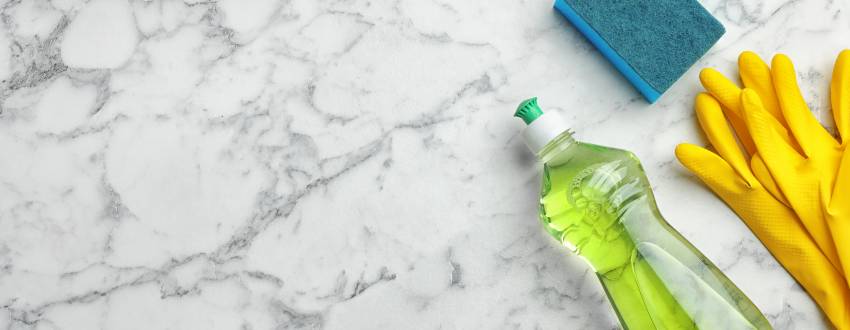Cleaning for Pesach can feel like an overwhelming task—and it’s easy to go overboard since you’re “already cleaning,” but take it easy on yourself! Find out what really needs to be done in order to complete your Pesach cleaning.
According to this OU.org shiur by Rabbi Michael Whitman, halachically speaking, Pesach cleaning can take you just 1-2 hours — and you technically don’t even need a vacuum (or a can of compressed air) to do the job right!
A few points to keep in mind:
• Pesach cleaning is not spring cleaning.
• If you don’t take chametz into a room during the year, you don’t have to clean it.
• The chametz you’re required to check for is any edible piece of true chametz that is olive-sized or larger.
This means:
- Tiny, inedible bread crumbs on the floor = not a problem
- Kitniyot, even an entire rice cake under your couch cushions = not a problem
- A messy linen closet = not a problem (it might be feel like a huge mental burden, but it’s not a Pesach cleaning task!)
Many people have a minhag (custom) to clean for Pesach in a more stringent manner than what is listed above. Ask your personal Rav for recommendations. But in a year where everything is feeling overwhelming, it’s good to know that there are certain things that can weigh a little less heavily on the mind.
***The following roadmap can be used as a guide to help you organize your Pesach cleaning tasks. Depending on your minhagim and which parts of your home have a likelihood of containing chametz, you can adjust the list — add or subtract tasks — to suit your personal needs.***
Remember: After each area is checked, be sure everyone in the family knows that those particular rooms have been cleaned and are now off-limits to chametz. (You can even use our printable door hangers to mark off the rooms that have been cleaned)

1. Begin with low-traffic rooms that are least likely to contain chametz.
This typically includes bedrooms and bathrooms.
Possible areas of concern:
- Toiletry and medicine cabinets
- Closets
- Clothing pockets
- Garbage cans
- Kids room, including closets, under beds, toy storage, and bookshelves
2. Check medium-traffic rooms that may contain chametz
This typically includes the playroom, den, basement, garage, living areas, coat closets.
Possible areas of concern:
- Toy boxes
- Couches
- Bookshelves
- Backpacks
- Handbags
- Coat pockets

3. Clean the places where there definitely is chametz.
Your dining room and kitchen should be the very last places to check and clean.
Possible areas of concern:
- Dining chairs and table
- Appliances
- Food drawers and cabinets
- Pantries

4. Don’t forget the car!
Remember, it is permitted to leave inedible crumbs on the floor, sticky patches on the seats from spilled juice, and fingerprints on the windows! When cleaning the car, you’ll be looking for large pieces of real chametz, such as a cookie lodged between the seats.
Possible areas of concern:
- Car seats
- Storage pockets in the backs of the seats
- Glove compartment
- Cup holders
- Any other interior storage areas
5. Last-minute extras
Even the most advanced planner will have something to do right before Pesach.
Remember the following:
- Empty the garbage bins one final time
- Empty vacuum cleaner
- Check that no chametz remains on the broom
Do you have a Pesach cleaning process that works for you? We’d love to hear it!





